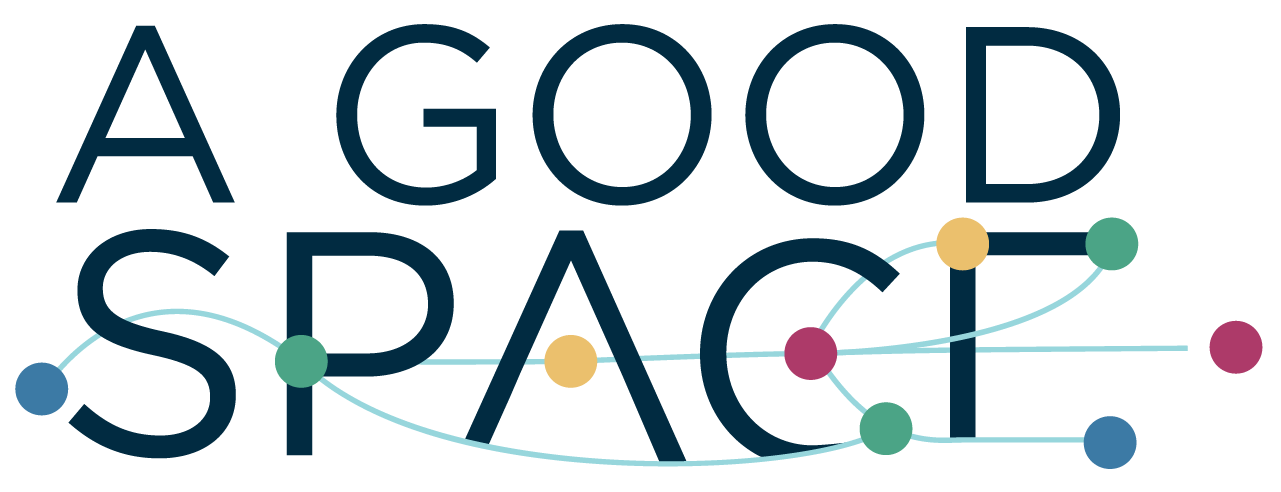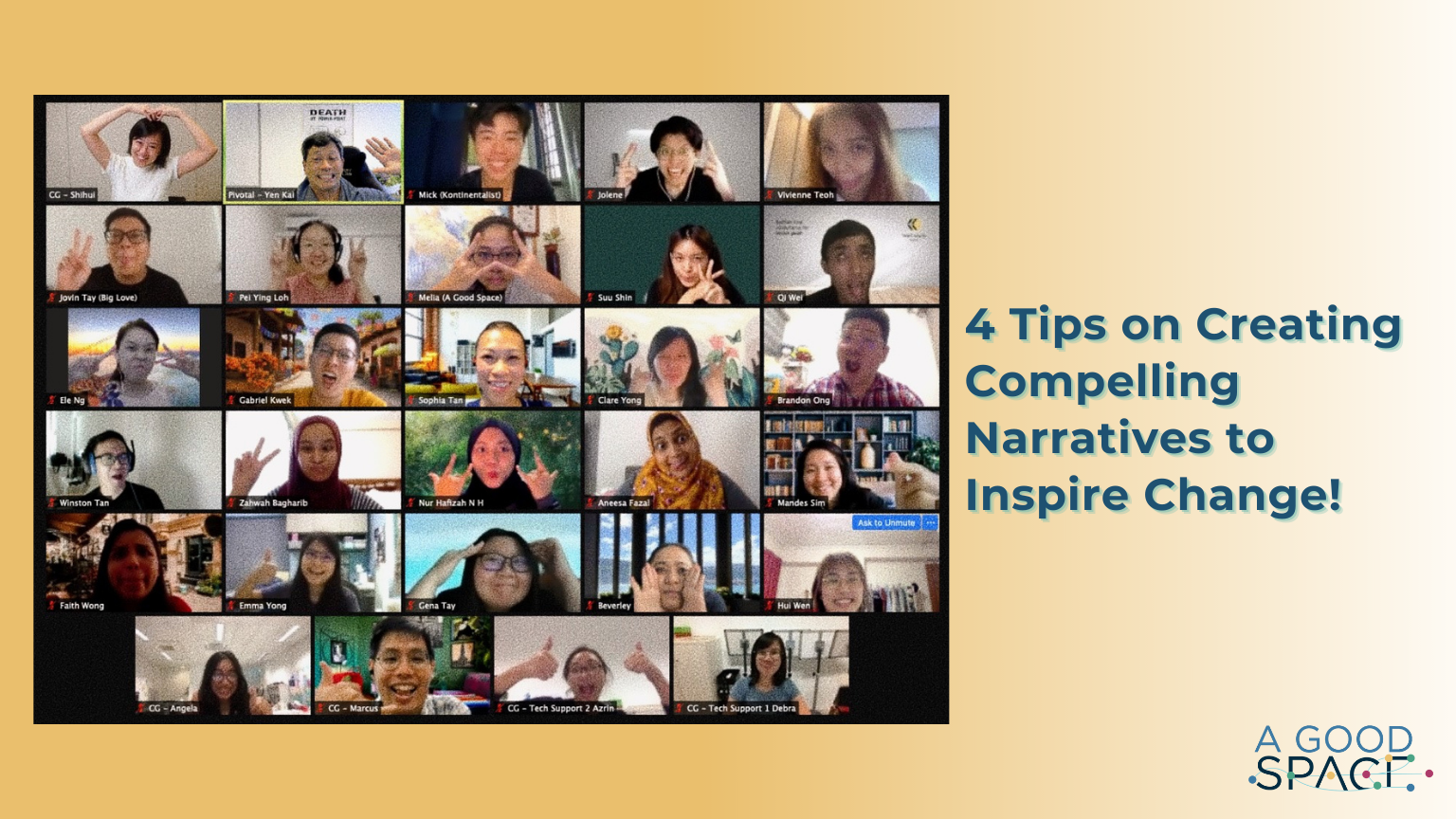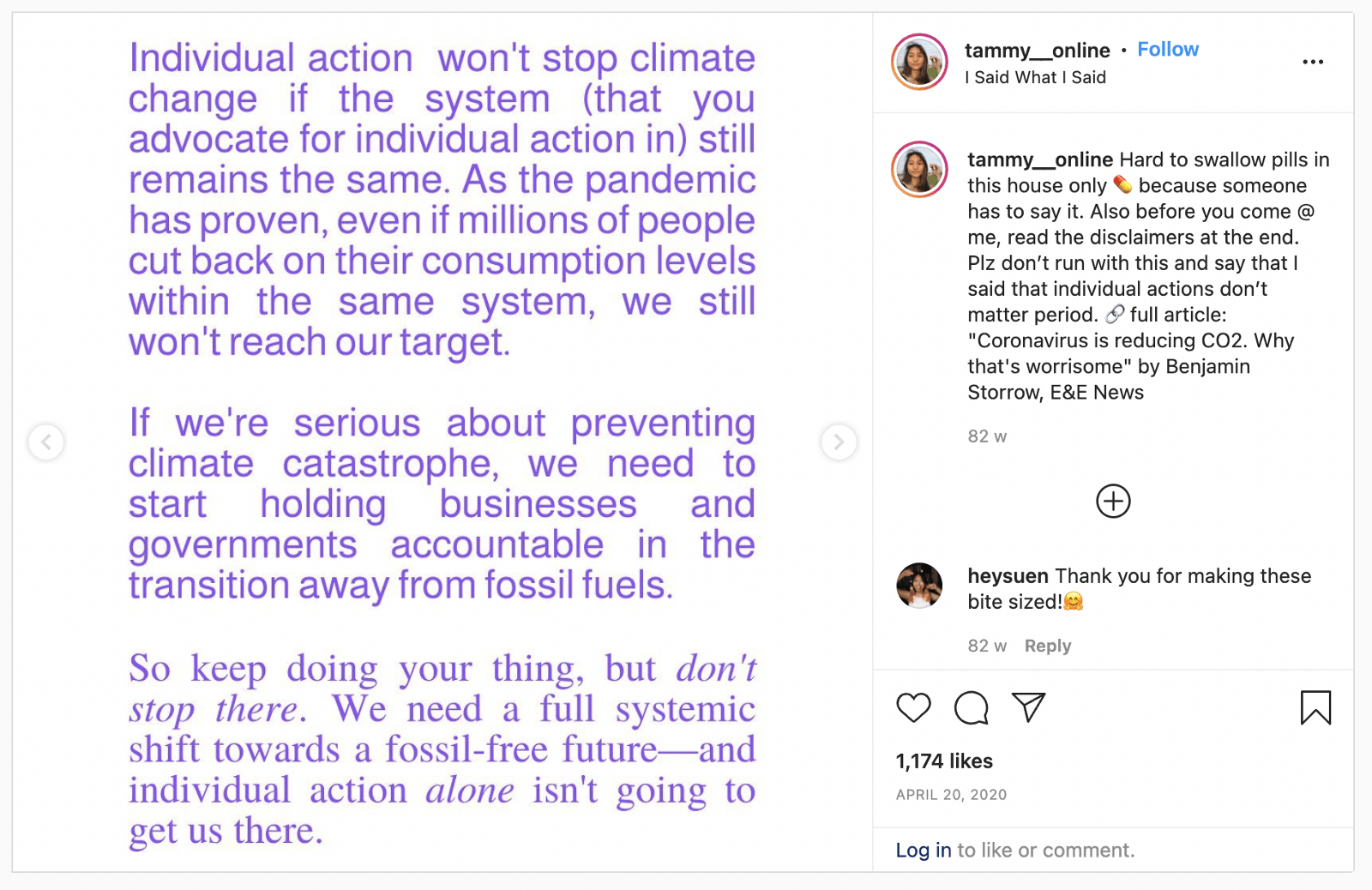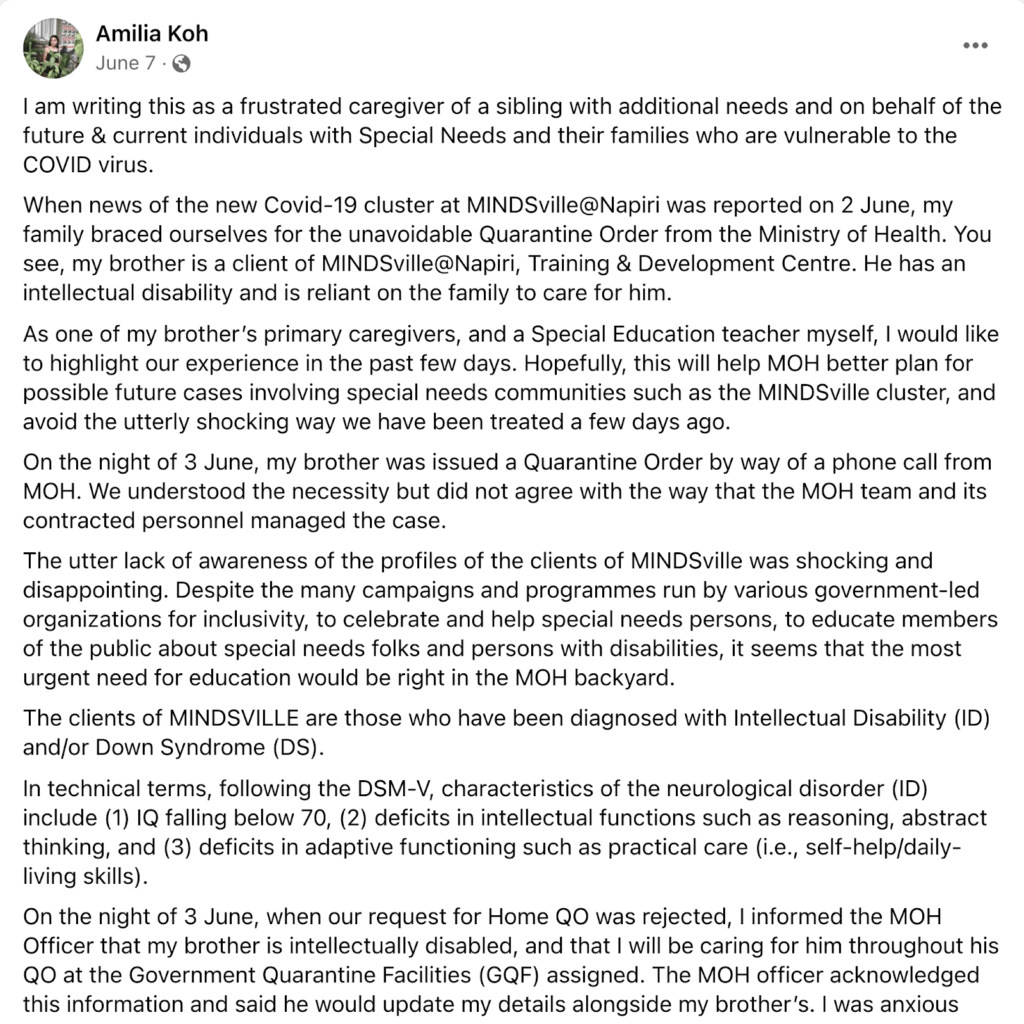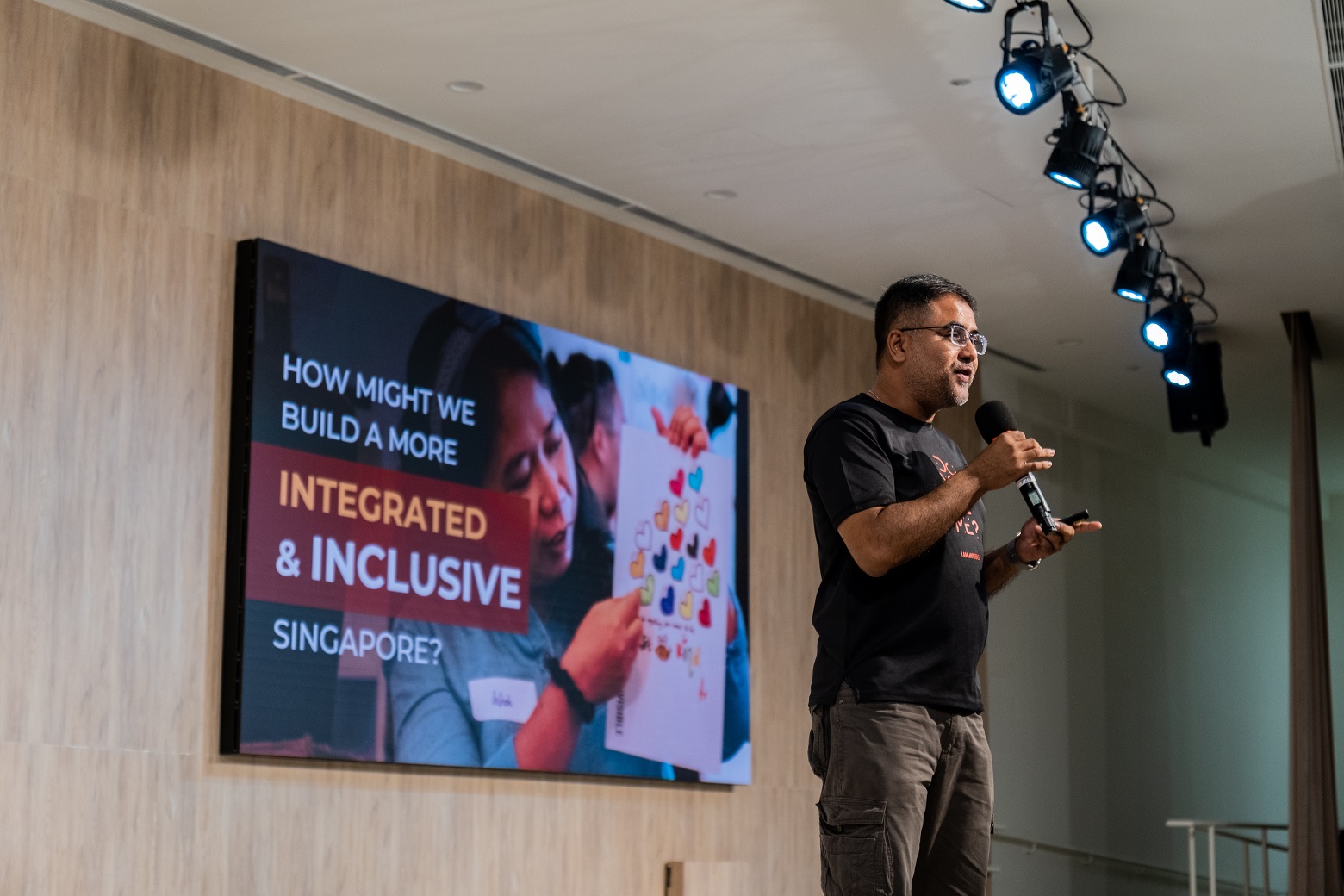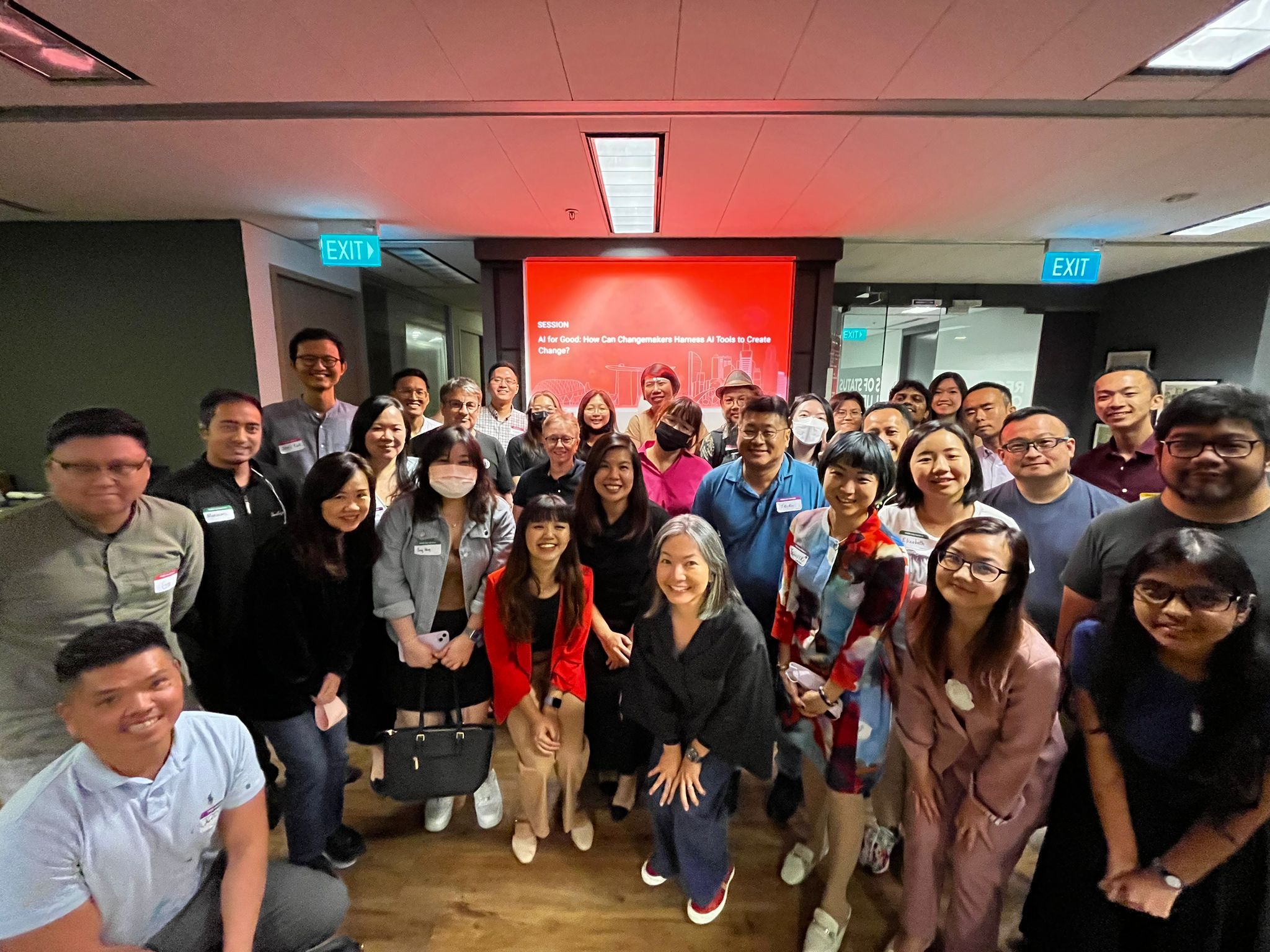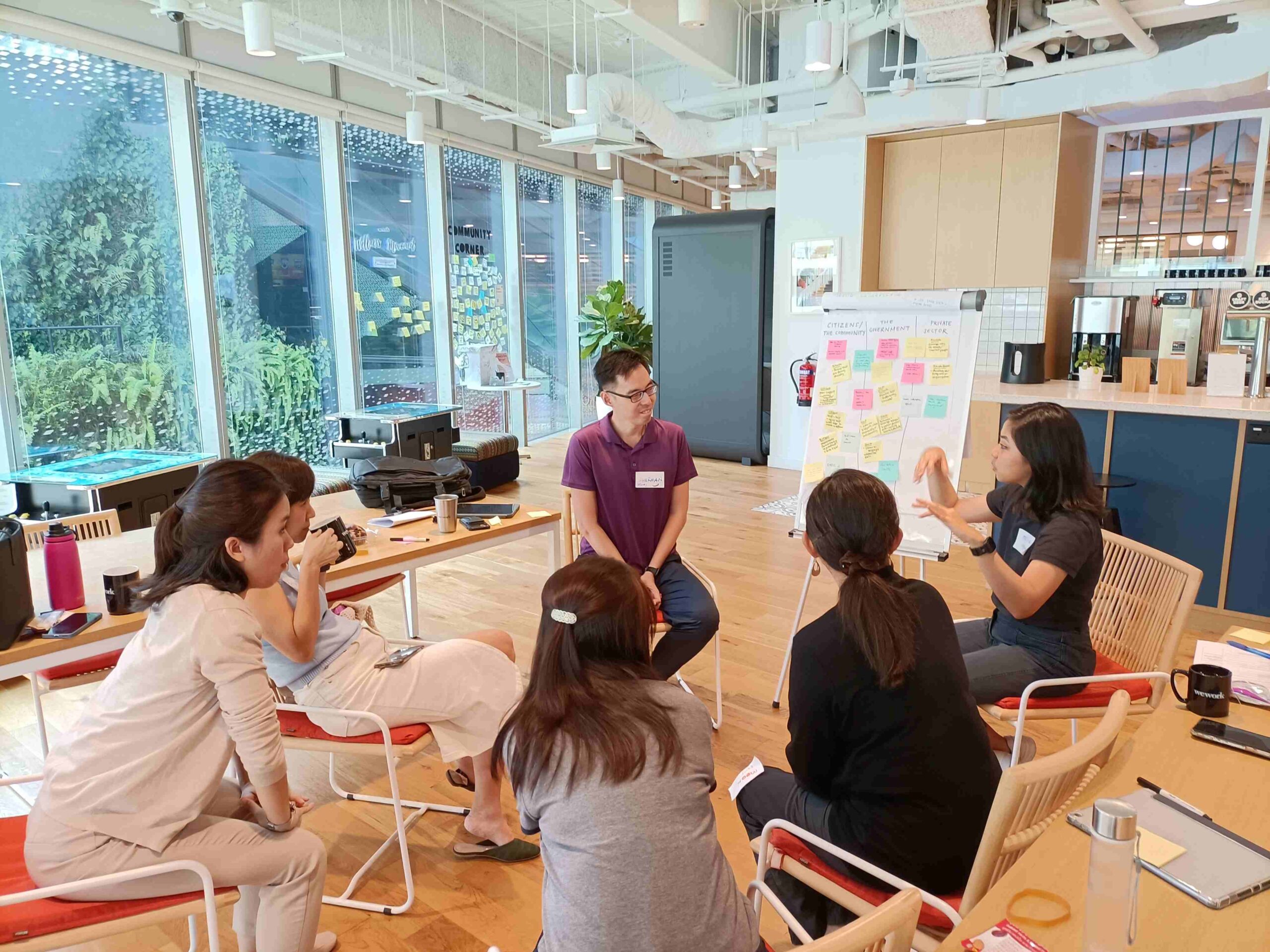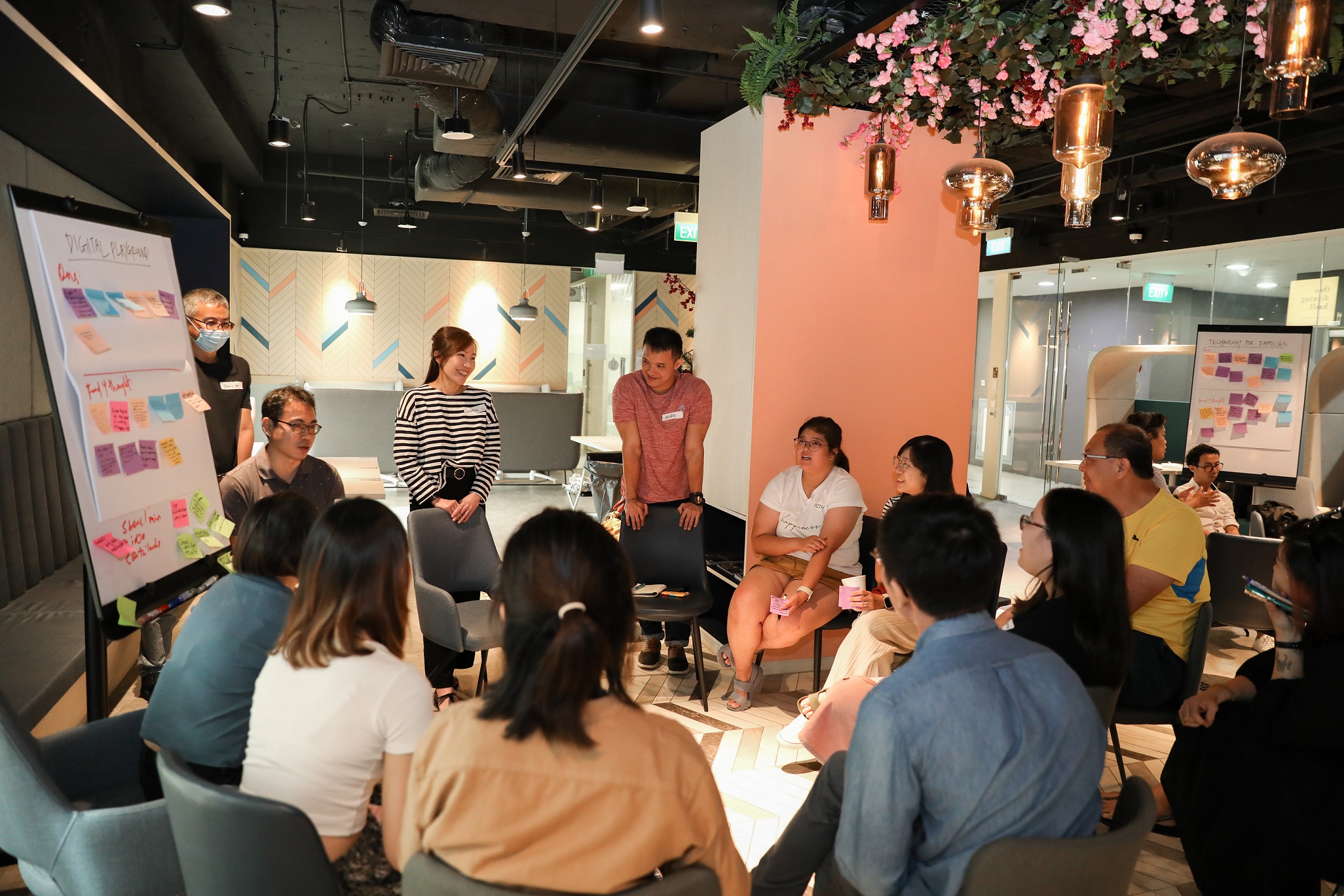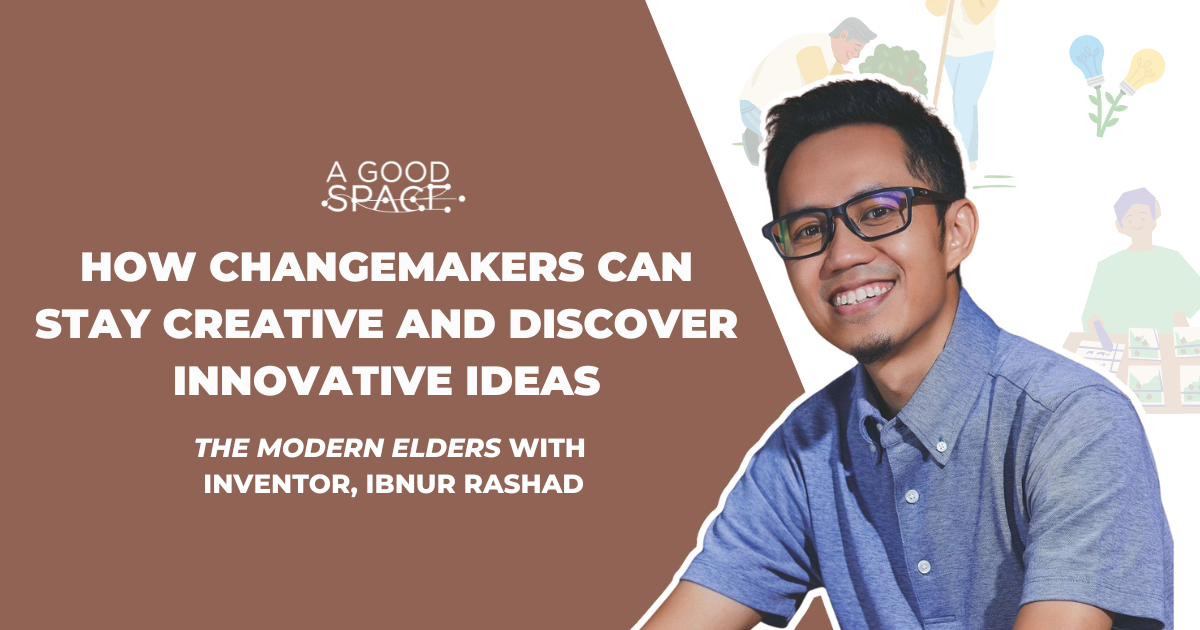In July, I was given the opportunity to join Common Ground’s pilot cohort for the Creating Narratives for Change Programme, held in conjunction with their Creating Narratives for Change Festival.
Having taken a first step into the social service sector by joining A Good Space, I was eager to familiarise myself with the diverse social issues in Singapore, and this programme was the perfect chance to do so!
Furthermore, I was intrigued by the storytelling element that ran throughout the entire festival. As a former theatre student, I thought I was relatively well-acquainted with storytelling and what it meant to evoke emotions in an audience.
However, after spending over 40 hours covering three different modules, I found that there was an entire world of storytelling that I hadn’t even thought about tapping into — one that was highly digital and firmly rooted in inspiring action and social change through emotions.
I had a wonderful time over four months learning from and alongside fellow changemakers from various walks of life. Read on to find out my main takeaways from this programme! Hopefully, it can be of value to you as you curate your brand voice and design unique stories to inspire change!
“We are always telling stories and stories are told through emotions”
That was one of the first things Shihui, Common Ground’s programme director, told us on the first day. She explained that whether we are talking to people or posting on social media, we are always communicating something, no matter how brief or fleeting.
The task then becomes how to communicate in a way that effectively evokes certain emotions, especially when we want to encourage people to take specific actions.
In the first module, we were introduced to concepts like the FAST framework and Head, Heart and Gut spaces, which can help us to identify different emotions and design the stories we wanted to tell around them.
1. FAST Framework
FAST stands for Fear, Anger, Sadness and Tenderness, which are four quadrants that we can use to broadly categorise our feelings. Within each of these quadrants are more nuanced variations of each emotion, as illustrated below.
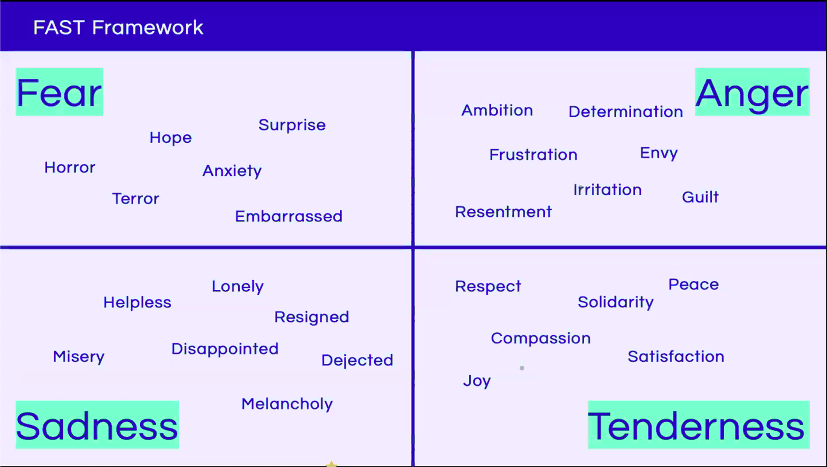
To practice applying this framework, we were asked to identify the emotions we felt while reading various social media posts and watching videos. We were also encouraged to go deeper to pinpoint the exact characteristics of the post or video that made us feel the way we did — was it a phrase or word choice that we found particularly powerful? Did the music swell at a poignant moment? Was the message accompanied by images?
A memorable example was a Thai insurance promotional video that had many of us reaching for our tissue boxes. Having garnered 107 million views in just seven years, they must have done something right! During our discussion, we realised that the video had seamlessly brought us through all four quadrants, keeping us so emotionally engaged we forgot we were even watching an advertisement!
The video starts by introducing us to an unassuming character who goes about his rather ordinary life. His simple routine involves familiar actions like saying ‘hi’ to a neighbour, petting a dog on the street and giving up his seat on public transport.
For me, capturing everyday life immediately established a level of relatability — if not to the main character, then at least to the frustrated onlookers that couldn’t seem to understand why he was so eager to put others before himself.
As he continues to go above and beyond to ensure that the people (and animals!) around him are cared for, you can’t help but wonder if he’s going to reach a breaking point. After all, there’s only so much one can give, right?
The sinking feeling starts when he discovers the little girl he’s been donating money to is not at her usual corner along the pavement. We fear the worst, especially when that same fear is mirrored on the main character’s face. The music pauses before we hear a voice calling from off-screen. The camera pans to the source — the little girl, now donning a school uniform. The music returns and the feelings of tenderness from the beginning of the video return in full force.
While I didn’t necessarily feel compelled to buy life insurance, what I felt by the end of the video was a powerful thing — something that could potentially be harnessed to encourage people to volunteer, donate or connect deeper with a social cause.
Of course, not every story needs to end on a tender note in order to be compelling. In fact, depending on how you frame it, any emotion could spur your audience into a specific type of action.
And that is why intentionality is extremely important. Even before you set out to shoot or write something to be shared, I think it’s worth taking the time to think about the emotional journey you hope your audience embarks on when consuming your content.
If done well, that sets the basis for an emotionally cohesive narrative that impacts them and moves them into wanting to take an action that you’d like them to.
2. Head, Heart and Gut spaces
Another interesting concept we were introduced to involved our three centres of intelligence i.e., our Head, Heart and Gut spaces. Although we commonly use this when talking about how we make decisions, I learnt that this too could be used to ensure specificity regarding the stories we tell and the content we want to create.
When we communicate from the Head space, information is factual, evidence-based and largely appeals to logic. This, to me, is an example of a post that was delivered from the head.
Not only is the message blunt and perhaps a little controversial, the manner in which it was shared is equally as bold. The striking text colour over a plain background, the lack of accompanying photos and the careful choice of facts and figures indicate the urgency with which the poster wanted to communicate her message.
Sharing from the Heart space would present the same information in a way that is full of imagery and circumstantial detail that tends to allow for more relatability. Take this post for example:
In the caption, the poster shares moments of his childhood that have shaped his perception of gender and freedom — from the jealousy to the discomfort to the shame. And this post is made more compelling by how lucidly he was able to recall these instances.
Lastly, speaking from the Gut space is characterised by conviction such that one’s values are immediately revealed. This post, for instance, exposed the ill treatment experienced by the poster’s sibling with special needs when MINDSville@Napiri became a cluster.
She was not afraid to call out the inconsistencies between what she believed the government preached about celebrating PWDs and the way her brother’s case was handled. Another indication that this is a gut-level sharing would be the list of suggestions she makes at the end to ensure a more equitable protocol.
As a changemaker, where are you sharing information from? I encourage you to look through your profile and reflect on where your audience might be impacted when reading your posts. Perhaps it could be worth exploring other levels or even a combination of levels to create a greater impact.
Overall, I found both these frameworks helpful, especially when setting the intention behind the stories we tell, the emotions we hope to evoke, the messages we wish to send and the actions we hope to encourage through the content we create. After all, just like Maya Angelou said:
People will forget what you said, people will forget what you did, but people will never forget how you made them feel.
Getting your story out there
The second module in this programme was led by Kai Yuan, co-founder and director of Our Grandfather Story (OGS). Through sharing sessions with him and other members of the OGS team, we got some valuable insights into how OGS categorises, prioritises and makes the most of their content.
3. Creating innovative content starts from being clear about your brand’s voice
One thing I learnt during this module was that, while honing a clear brand identity may be tedious, it is extremely helpful in guiding you as you create content. In an era where we are inundated with information, it is easy (and perhaps instinctual) to hop onto the latest trends and create reactionary content that could get clicks and views.
But is the content you are creating aligned with your brand’s identity? This is a struggle that many content creators face as we attempt to strike a balance between creating content that is timely and content that aligns with their brand’s voice and values.
OGS’ response to this dilemma is this: regardless of whether it’s trendy or evergreen content, make sure you are not just adding to the noise. Aim to fill the gaps by being innovative in your story angle!
If the angle has been covered before, who did it reach? Has your audience seen it before? Are there other mediums, treatments, approaches to the same topic (e.g. text, documentary, photo essays, illustrations, animations, scripted narratives) that could be explored?
This requires you to consume content widely, stay curious and always be on the look-out for a good content piece. But also, don’t forget to ensure that the innovation should still be consistent with your brand’s voice, values and identity.
Are you aiming to be an unbiased platform that provides objective information? Do you want to be more friendly in your persona while still educating people on topics? Or perhaps you just want to make your audience laugh!
Decide on your brand’s voice and use that to inform how you approach specific topics and issues.
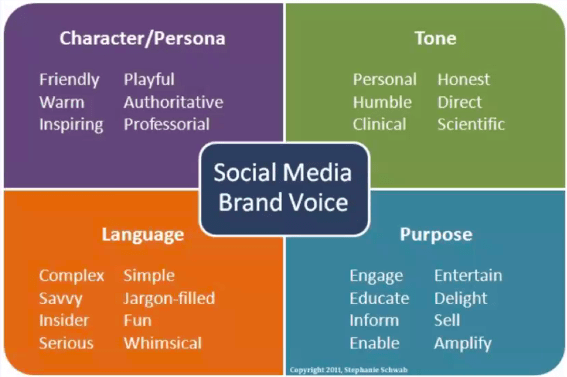
4. Understand who your target audience is and what works for them
The success of creating innovative content is also heavily dependent on what your audience wants to see.
Kai Yuan said that everything you post should be seen as an experiment to constantly refine your relationship with your audience — what platforms are they most active on? What are their interests and concerns? What content would they like to see from you?
This perspective treats the audience as a dynamic entity which I thought was interesting because this more accurately reflects the ever-changing nature of information-sharing in today’s world. New platforms are constantly being developed and social issues are becoming evermore complex and therefore, never static.
After years of creating content, OGS has identified their audience to be “curious people who seek knowledge and start conversations”.
To illustrate what all of these learning points look like in action, Kai Yuan broke down a video they produced during Phase 2 Heightened Alert. This was a time when hawker stalls, especially those without an online platform, experienced a significant dip in sales due to the tightened restrictions.
Rather than merely documenting the struggles these older hawkers were facing, OGS decided that they would create a video to raise awareness about the threat these struggles have on the continuation of precious food traditions in order to encourage people to change their consumer habits and be less reliant on delivery apps.
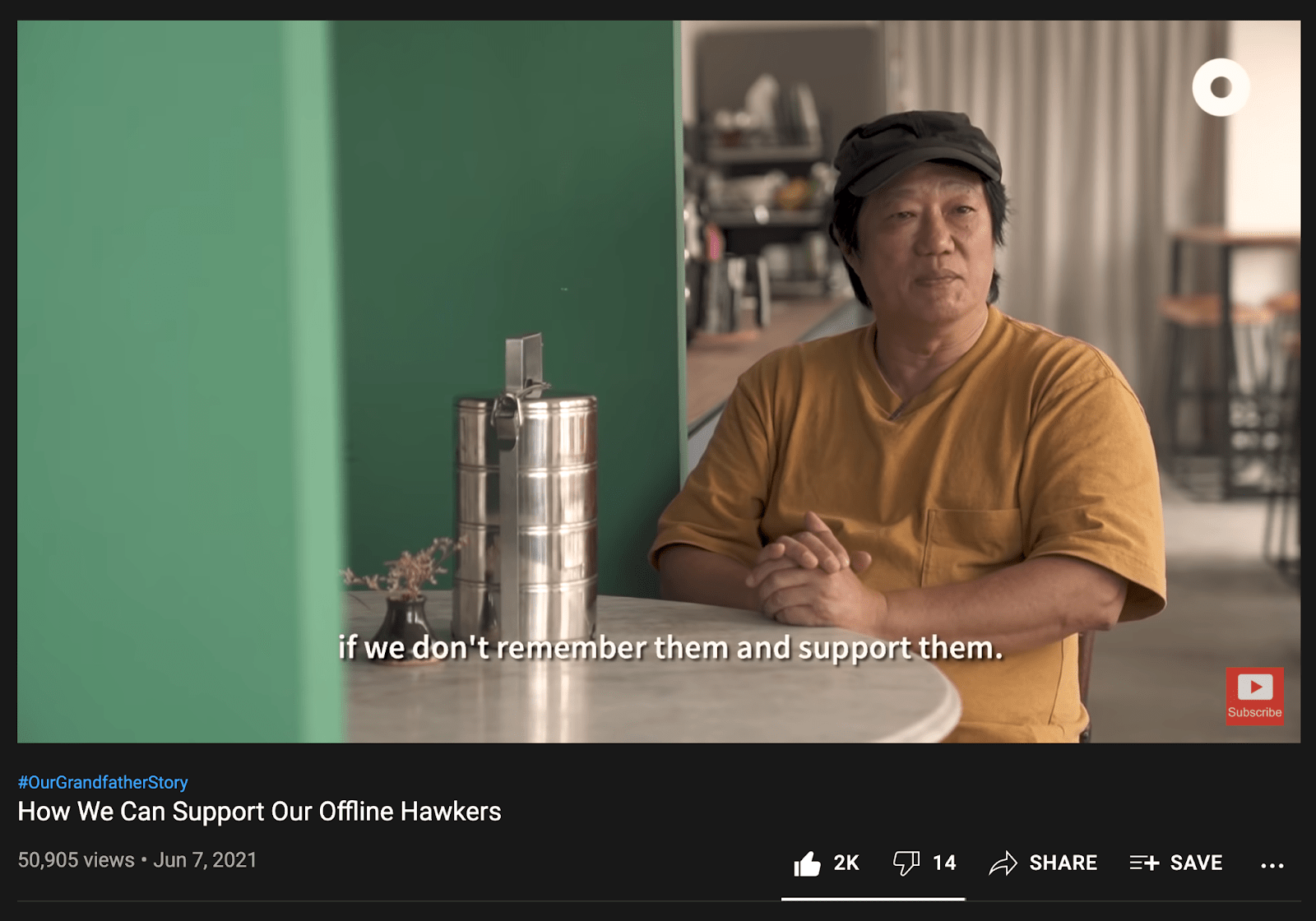
To make this message more impactful, OGS invited well-known food critic and consultant K F Seetoh to be the ‘face’ of this video, which I think added an extra layer of sensitivity to the issue.
We were then given time to flesh out our own brand voice and identity. I took this opportunity to analyse A Good Space’s audience and the possible content pillars we could develop as an organisation.
These are some questions you can ask yourself to map out your own brand voice so that you can produce relevant and meaningful content that aligns with what they want and need to see!
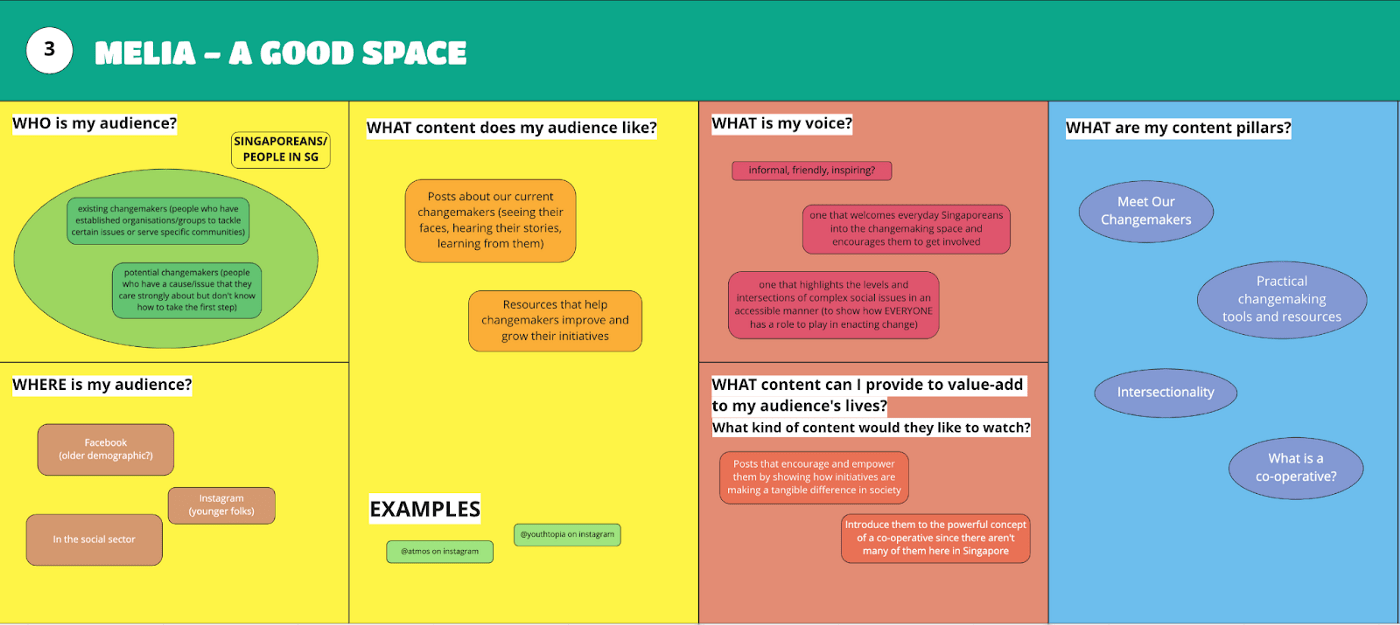
Conclusion
Overall, it is safe to say that it has been a rewarding few months. I learned so much about our local social service sector, and even more about myself.
Apart from gaining an entire toolkit to help me tell more engaging and impactful stories to effect change, I am also deeply grateful for the chance to network with fellow changemakers!
I would like to take this opportunity to thank the Common Ground team for organising this meaningful programme, and my fellow participants for being so lovely! I’m glad to have gone through this with you guys!
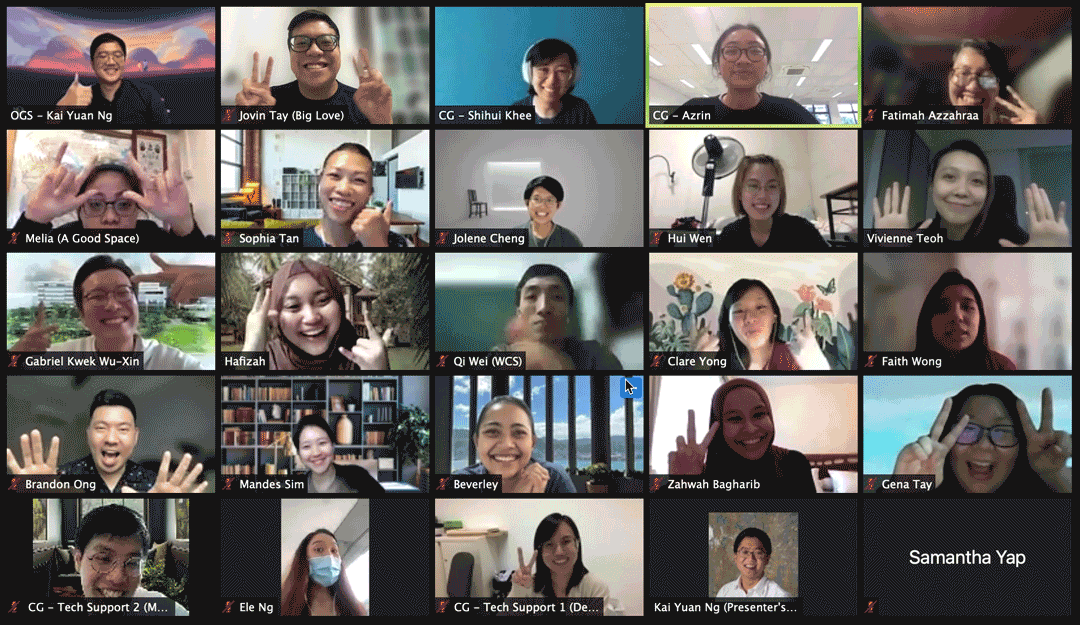

What stories do you want to tell? What is the voice that you want to put out into the world?
Here at A Good Space, we strongly believe in the power of bringing voices together to effect greater change.
We are a community of ordinary citizen changemakers who choose to come together because we believe that as a collective, we can do more for the issues and communities we care about. To learn more about how you can become a member, head over to: http://www.agoodspace.org/changemakers/

Sin Melia
Melia is a Digital Marketing Trainee at A Good Space. She is a big fan of mother nature, tiger balm and food tiktok. You can probably find her somewhere over-analysing a TV show or K-drama.
